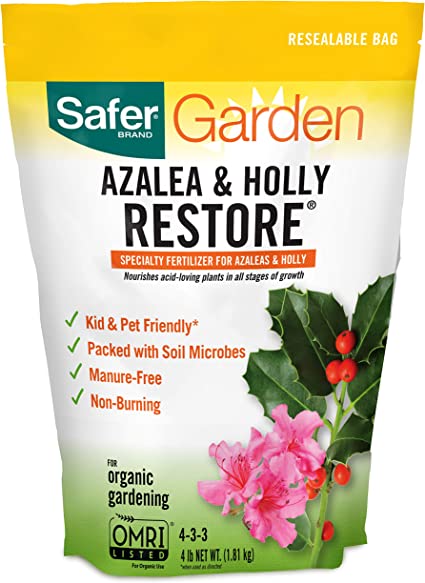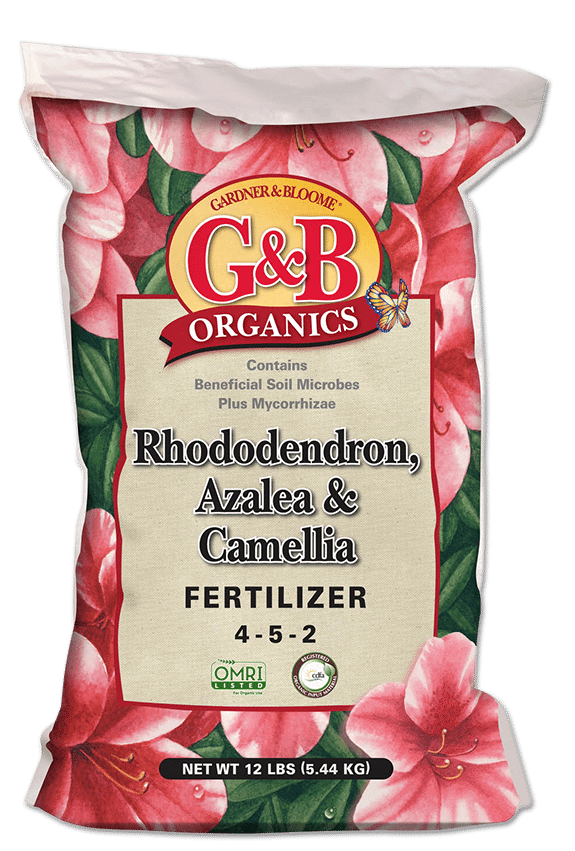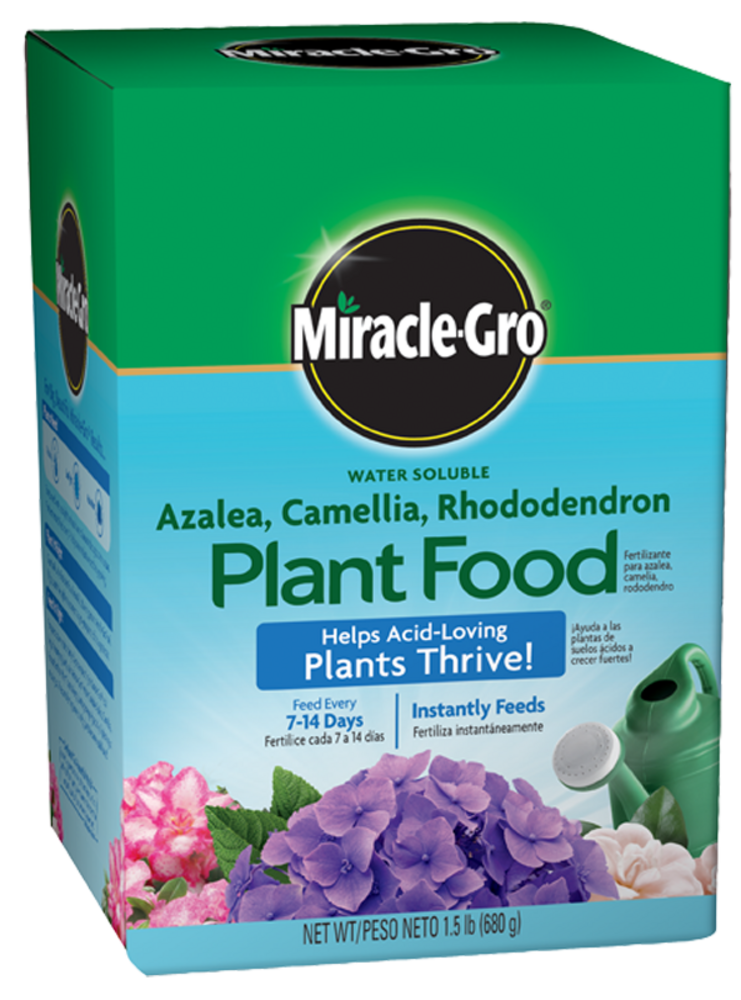Azalea fertilization schedule:
Ericaceous continuous release plant feed applied once in the spring (March/April) is the ideal time to fertilize azaleas. After July, avoid fertilizing because this will promote leaf growth at the price of flowering.
It’s critical to understand when and how to fertilize azaleas to have the finest blooms and a robust, disease-resistant plant.
Continue reading to find out more about how to fertilize azaleas effectively and how to avoid frequent pitfalls.
Table of Contents
Fertilize Azaleas in Spring
Refrain from fertilizing azaleas until new growth begins in the spring. The emergence of new growth will signal that the soil temperature has risen sufficiently for the azalea to begin absorbing nutrients prior to blossoming.
When you apply a continuous plant feed that gradually releases the nutrients into the soil throughout the growing season, I have discovered that azaleas flower and expand to their best potential.
This will save you time and money because you will only need to fertilize the azalea once rather than on a regular basis throughout the season.
After mid-summer, you should avoid fertilizing because flower buds are starting to form at this time, and feeding the azalea will encourage foliage development rather than bloom growth.
The new growth will be more delicate and susceptible to damage from frost. To be more resistant to colder temperatures, new season leaf development needs time to mature before winter. It is more crucial to cease fertilizing azaleas too late in the season in colder climates.
Azaleas shouldn’t be fertilized in the fall or winter because either the nutrients won’t be absorbed or the fertilizer will encourage growth when the plant should be getting ready for dormancy.
How to Fertilize your Azaleas
A specialized fertilizer, like Miracle-Gro Azalea, Continuous Release Plant Food (available in granular form), is the best approach to fertilize your azaleas since it includes the ideal concentration of all the nutrients your azaleas require.
Granular plant food is very simple to apply. Applying the granules to the soil around your azaleas and covering it with mulch in the early spring will ensure that the nutrients are released into the soil as the soil temperature rises throughout the growing season.
Since nitrogen is the nutrient that azaleas need in the highest amount, slow release granules have an advantage over liquid fertilizers in this regard.
Since nitrogen is water soluble, it swiftly leaves the soil after rain. In comparison to granular fertilizers, liquid fertilizers require more applications to maintain the ideal nitrogen levels in the soil.
When non-specialized, generic fertilizers are used, azaleas may be susceptible to leaf burn at the tips caused by excess nitrogen because they may not have the concentration of nutrients and it might potentially kill the plant.
Use a specific fertilizer to avoid guesswork and risk when feeding your azaleas because young plants are particularly susceptible to excessive quantities of nitrogen in the soil.
Azaleas also need acidic soils, with pH 4-6 being the ideal range (7 pH is neutral). Without acidic soils, some nutrients won’t be absorbed. The ideal soil pH is necessary for the azalea to absorb nutrients, grow, and bloom. This pH can be maintained with the aid of a specialized ericaceous (acidic) fertilizer.
Is Fertilizer Always Necessary?
Azaleas can develop to their full capacity and provide magnificent flower displays without additional fertilizer if the soil has been prepared before planting with well-draining compost.
It is doubtful that you will need any fertilizer if your azaleas have dark green leaves, healthy growth, and summer flower displays because you have already produced the optimal soil conditions and additional feeding could actually do more harm than good.
As long as the soil is rich in organic matter, well draining, and preserves a balance of moisture, azaleas flourish in their native temperate climes throughout Europe, North America, and Asia.
However, yellow leaves or scant growth on your azalea may indicate that the soil is deficient in nitrogen. In that scenario, fertilizing the soil with more nitrogen is the proper course of action, and the azalea leaves should quickly recover to a healthy green color.
Applying fertilizer in the spring of each year may be important to maintain the plant’s health, disease resistance, and best appearance if your garden soil is sandy and deficient in nutrients or if the azalea has to fight with nearby trees or other plants for resources.
In many circumstances, putting a layer of mulch to the soil will be all that the azalea needs. This will improve the soil’s structure, supply nutrients, and help the soil retain moisture (azaleas prefer this type of soil).
Use mulch around azalea plants that is made of compost, leaf mold, or well-rotted manure. Mulch is best applied in the spring because it progressively improves soil fertility and reduces soil evaporation on hot, dry summer days.
As store-bought compost used for potting and planting may not always include all the necessary nutrients and trace elements (such as magnesium and iron), which are needed in minute quantities, it is advantageous to add slow release fertilizer to azaleas in pots and containers.
Key Takeaways:
- Azaleas should be fertilized once with a continuous release plant food at the beginning of spring for optimal results.
- Utilizing a product designed specifically for growing azaleas and rhododendrons, such as Miracle-Gro Azalea and Rhododendron plant food, is crucial since it has the ideal ratio of nutrients and encourages the ideal acidic soil conditions.
- Avoid using a generic plant feed if you can because azaleas might be susceptible to excessive nitrogen levels in the soil, which will make the leaf tips seem scorched.
- Applying fertilizer too late in the growing season—after midsummer—can encourage new foliage growth, which will make it more susceptible to winter frost damage.
- Azaleas might not even require fertilizer if you have rich soils like loam. Azaleas don’t always require a lot of food. Fertilizing will not necessarily benefit the azalea if the leaves are a rich green color and the plant produces robust blooms, but it can be harmful if too much nitrogen is applied to the soil.
- However, azaleas will need fertilizer to rejuvenate the plant and flourish to its best if the leaves are yellow, growth is minimal, and there are few flowers.
FAQ
How often should you fertilize azaleas?
Each 4-6 weeks
Is Miracle Grow good for azaleas?
For acid-loving plants including azaleas, rhododendrons, camellias, dogwoods, magnolias, gardenias, orchids, and all evergreens, Miracle-Gro Water Soluble Azalea, Camellia, Rhododendron Plant Food is a specific plant food. It contains a lot of critical elements, including iron.
What kind of fertilizer do you use for azaleas?
Use a balanced, slow-release, granular fertilizer for azaleas and camellias. If the three figures on the box are the same or nearly the same, the mix is balanced. These letters stand for: (N) Nitrogen, which encourages new growth and foliage; (P) Phosphorus, which encourages plant blossoms; and (K), which strengthens roots and stems.
What is the best time to fertilize azaleas?
spring
Do azaleas need special fertilizer?
Compared to other shrubs, azaleas demand less nutrient-rich soil. A mulch of compost, chopped leaves, pine straw, or other organic material applied after soil has been modified with organic matter before planting will typically supply enough nutrients for healthy development.



